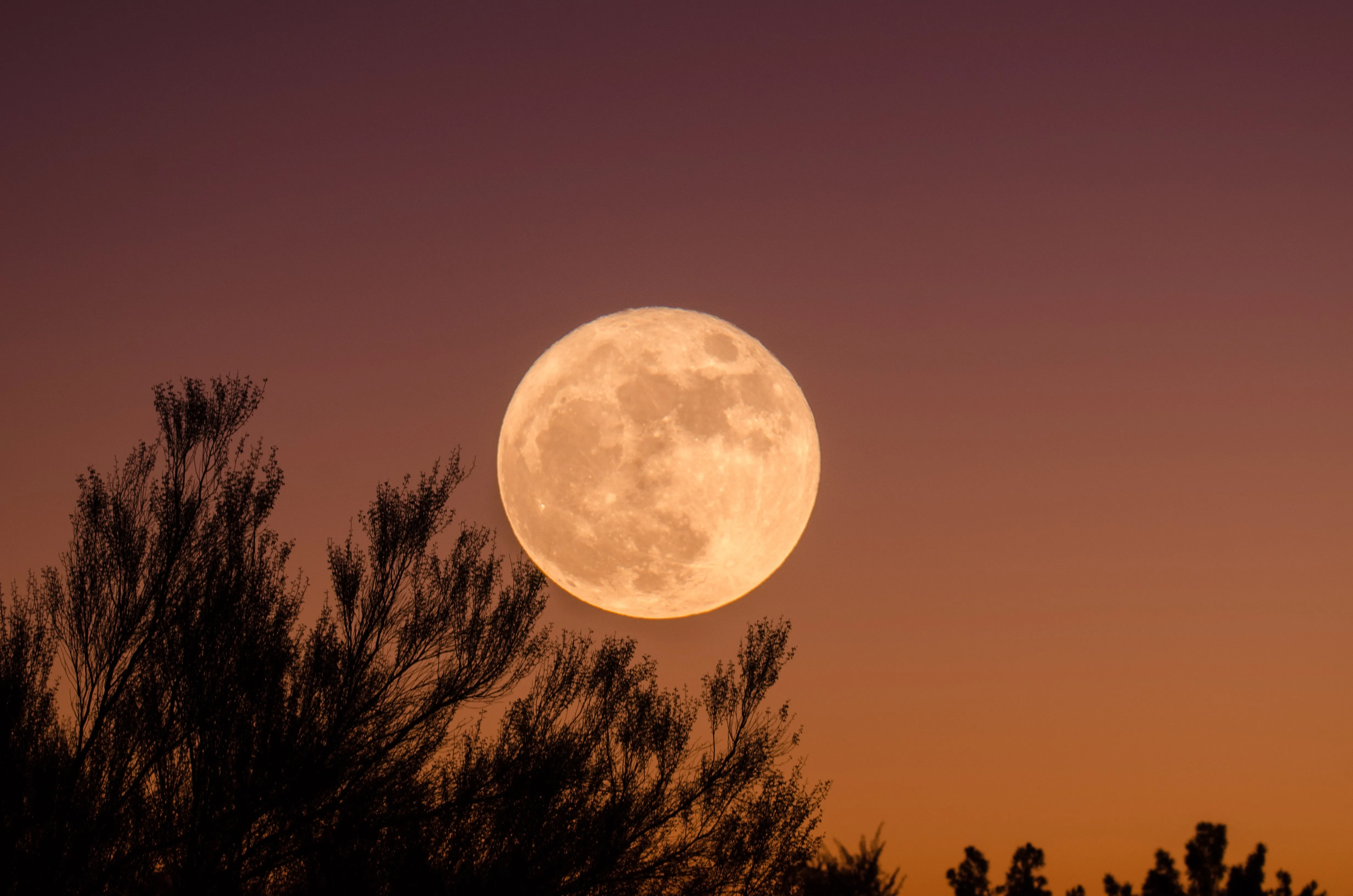Anticipation Builds for the Astronomical Event
Astronomy enthusiasts are buzzing with excitement as the second supermoon of August is set to grace the sky. On the 30th of August, you can witness this celestial spectacle starting at 7:36 p.m., as outlined by the lunar phase calendar of the National Meteorological Institute (IMN).
The ‘Blue Moon’ Phenomenon
This astronomical event is often termed as the “blue moon”, though it doesn’t pertain to the moon’s hue. Instead, it refers to the rare occurrence of having two full moons in one calendar month.
Supermoon: A Closer, Brighter View
“This moon is the closest one we have, termed astronomically as the moon in perigee, and commonly referred to as the supermoon because it appears slightly larger than usual due to its proximity,” elaborated Alejandra León, director of the Foundation for the National Center of Science and Technology (Cientec). There’s no need to travel to a specific location to witness the supermoon; a clear night sky will suffice.
How Big Will It Appear?
“The supermoon will appear 14% larger and around 30% brighter, making it especially striking when observed near the horizon. Close to the horizon, we experience a phenomenon known as the lunar illusion. This happens when the moon rises and sets,” added Alejandra León. According to the Cientec director, the reason we perceive the moon as larger at this point is that our brain distorts its size when juxtaposed with other objects, such as buildings.
Future Supermoon Appearances
Such astronomical events are a rarity. The upcoming supermoons are slated for May 31, 2026, and December 31, 2028, as stated by the National Aeronautics and Space Administration (NASA). Given that the lunar cycle spans 29.5 days from one full moon to the next, these phenomena occasionally arise in months with 31 days.

